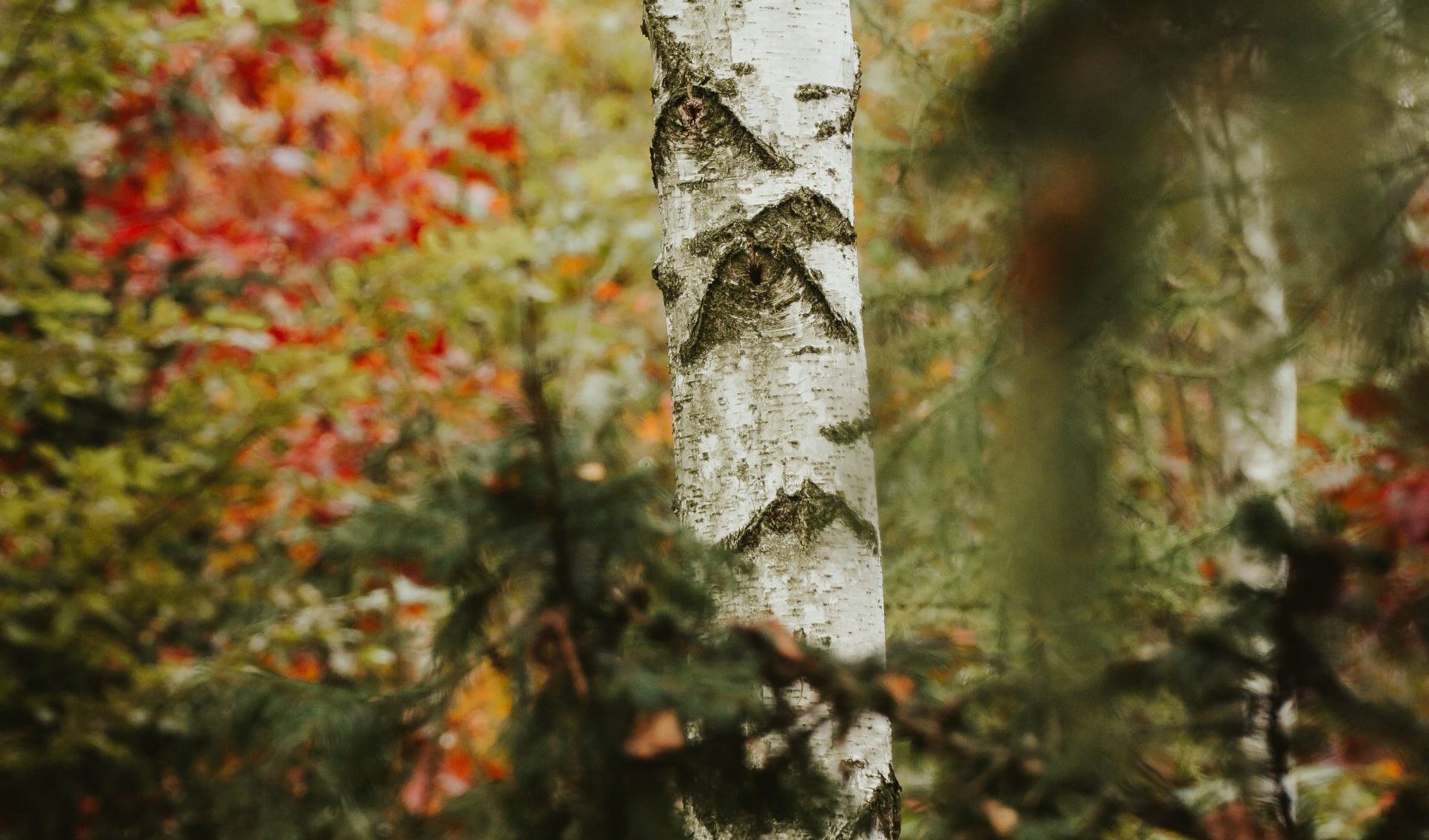EcoPerspectives Blog
Function Over Form: Considering Functional Diversity for Ecosystem Protection and Restoration from Invasive Species
By Mackenzie Dix, Staff Editor for the Vermont Journal of Environmental Law
May 2, 2023

Biodiversity is only half of the story; the other half is functional diversity. Functional diversity is a “component of biodiversity that generally concerns the range of things that organisms do in a community and ecosystem.” Ecologists use functional diversity to measure how individual species interact with other parts of the ecosystem. The other parts of an ecosystem include other species, such as animals and plants, and non-living parts of ecosystems, such as water, soil, and sunlight.
Studying functional diversity usually involves measuring functional traits to place organisms in functional groups. For example, when forests begin to reestablish after a natural disturbance such as a fire or after human interference such as logging, the first species to colonize an area are early successional species. They are sun-loving and fast-growing plants. In Vermont, pioneer species include white pine, northern white cedar, and balsam fir. These species function to create an environment for shade-tolerant, slower-growing, late successional species such as northern maple, American beech, and Eastern hemlock.
The species contained in these two categories, early and late successional, have functional redundancy, which means they have similar functions within an ecosystem. This redundancy allows systems to recover more efficiently after disturbances because multiple species fulfill the same or similar functions. The loss of a single species may not cause an ecosystem to fail if another species can fulfill the same or similar functions. Functional redundancy is essential to a thriving, resilient ecosystem. Redundancy also ensures that an ecosystem can continue functioning if a species is lost to invasive species.
To understand the effects of invasive species on ecosystem function, this blog post will look at one particular invasive species in the U.S. hemlock wooly adelgid (HWA). HWA is an insect that infects hemlock species and causes them to die. It has spread to 17 states since its introduction in the 1950s. The insect was first identified in Virginia and has spread throughout much of the Eastern hemlock’s range. HWA has also been identified in a few places in Southern Vermont.
Because HWA targets only Hemlocks and has been in the U.S. for some time, its effects have been observed and studied quite extensively. To understand how HWA affects a forest ecosystem, understanding the function of the eastern Hemlock in the forest is crucial. As discussed above, the Eastern hemlocks are later successional species and extremely shade tolerant. The shade from hemlocks reduces sunlight that reaches the forest floor and plays a crucial role in regulating temperature beneath the canopy. Temperature regulation plays a particularly important role for surface water such as streams that are both a habitat and resource for many species.
When HWA infests an area, hemlocks die. When hemlocks are initially infected, they lose needles which increase nutrients reaching the forest floor. Once trees die and fall, large woody debris volumes increase in the forest and disrupt surface water flow. HWA infestation and hemlock death has also been linked to reduced below-ground fungal colonization. All of these results indicate Hemlock plays an important role in how ecosystems function. When they are lost, the forest changes.
Hemlocks are then replaced with other species that fill the forest gap. They have some of the same functions, but do not occupy the exact same niche. In southern Appalachia hemlock have been replaced with rhododendron, an woody evergreen shrub. In more northern forests, hemlocks are often replaced with deciduous trees, trees that lose their leaves in winter, such as, red oak, maple species, and witch hazel.
One difference in function that is especially interesting is how these replacement species interact with the forest as a part of the water cycle. Plants lose water through their leaves in order to photosynthesize, a process called transpiration. They essentially act a large water pump that pulls water from the ground and releases it to the air.
Hemlocks are evergreen trees with needles. These needles have a large surface area, which means they transpire a lot. The rhododendron, in the South, have less surface area which means less water is returned to the atmosphere. Evergreens also can transpire all year round. Deciduous trees only transpire when they have leaves. When ecosystems lose hemlocks, changes ensue in how and when water moves within a forest system.. These are just some examples of how HWA causes ecosystem function to change.
As seen with HWA, invasive species change how an ecosystem function. Replacement species still move water through the system, provide shade to the understory and create habitat for some species. These replacement species, however, may have different ecological patterns that cause ecosystem processes to shift or change entirely. Understanding these changes is crucial to effectively responding to invasive species.
To better protect ecosystems, policy makers must consider functional diversity as well as biodiversity. This likely means investing in research as well as consulting with people who can help translate the research into actual policy goals. Creating policies that only protect biodiversity is no longer sufficient. To conserve ecosystems, policy makers must consider how species interact as a piece of ecosystem function. Considering broader ecological function will make ecological conservation and restoration more effective.
